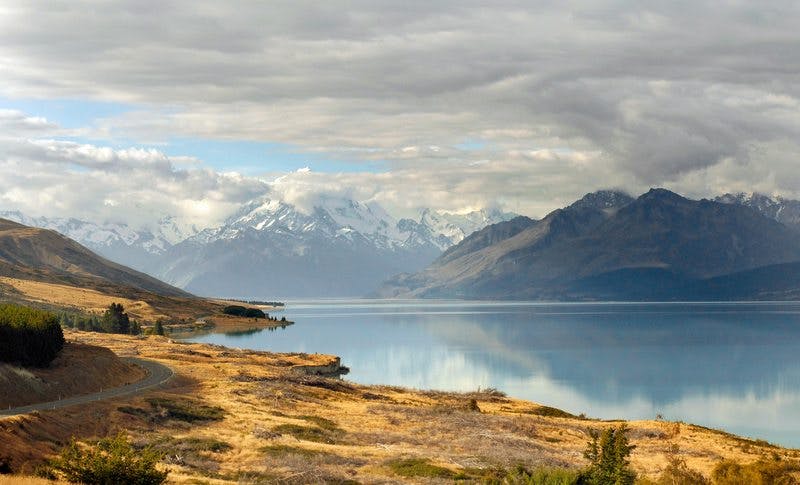A number of farmers and landowners in the South Island high country are considering blocking access to popular tracks on their land as the number of walkers, and waste, balloons.
The findings are detailed in a draft report on public access issues in the high country, released by the Walking Access Commission, a Crown entity responsible for public access in the outdoors.
The report is based on interviews with 55 people, including farmers, council and DOC staff, and trampers.
One landholder said the number of people walking a track that crosses their property had increased from about 30,000 people a year in 2013 to 70-100,000 in 2017.
The boom in tourism numbers has raised questions about who is responsible for funding infrastructure for public tracks on private land.
“Human waste on our walkway is a huge issue,” one landholder said. “We’ll need to put toilet blocks in soon. Whose responsibility is it? Who cleans it? It should be a central government responsibility – we lease the farm, any other cost outside that should sit with the Crown.”
Another landholder in the Mackenzie District said the lack of toilets was degrading the environment.
“Our waters are pristine here, but are at risk with tourists bringing giardia, s***ing in waters and dumping campervan buckets. There has to be other ways to stop this,” the landholder said.
As well as toilets, the need for car parks and shelters was also noted by a number of those interviewed.
The report said it was often assumed DOC would take responsibility for infrastructure, but the department “struggles to find money for this purpose and has no statutory responsibility for tracks and trails on private land”.
There were also a lack of facilities on conservation land. A DOC staff member said the criteria for funding new infrastructure meant the department was often playing catch-up.
“More visitors means we need more toilets, but our process requires showing evidence of a problem before funding new infrastructure, which isn’t always helpful when we know numbers are increasing and will keep doing so before the new infrastructure is even built,” the DOC staff member said.
Councils were also wary of investing in infrastructure that may be entirely used by tourists rather than the locals who pay rates.
The report said there was also a lack of comprehensive information on tracks in the high country, as there was no one resource which had information for tracks on DOC, council and private land.
“[It] is needlessly complicated and makes it hard for people to get a complete picture of their options,” the report said. “It also makes it tricky for volunteer groups involved in creating new access opportunities to identify where the gaps are in their area, both geographically and in terms of use type.”
The Commission is calling for submissions on the report. Submissions close April 10.







